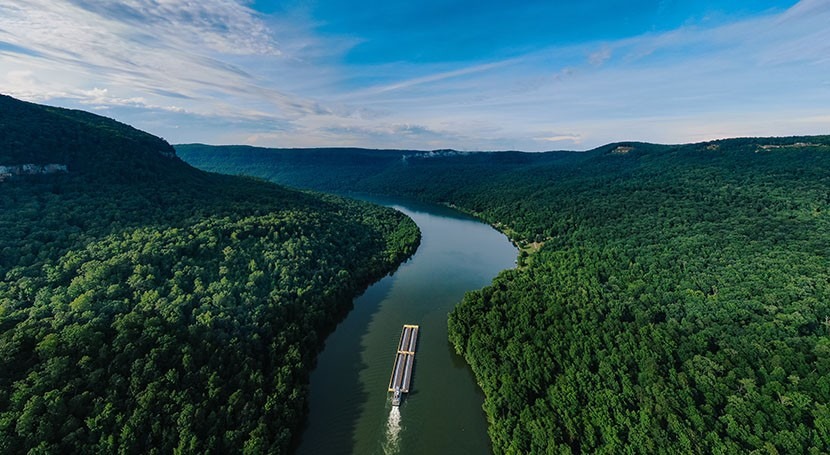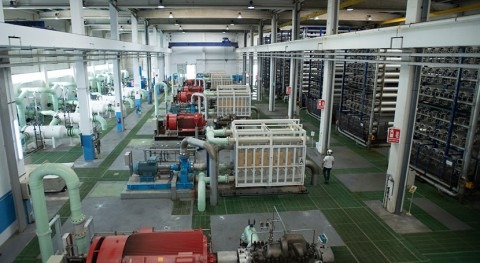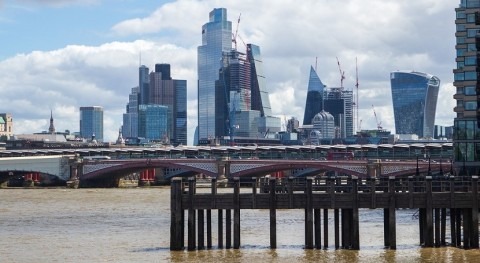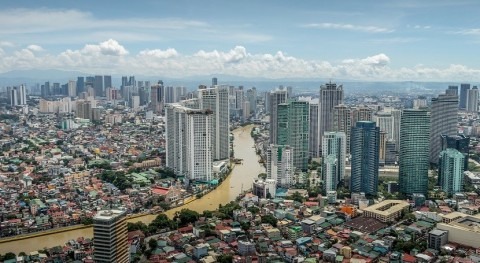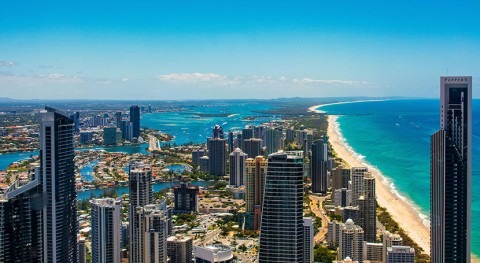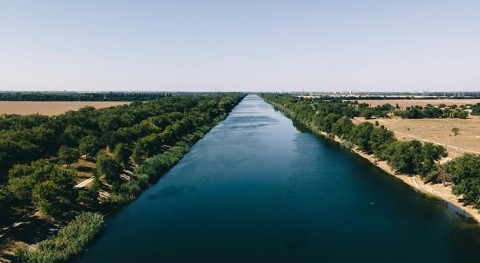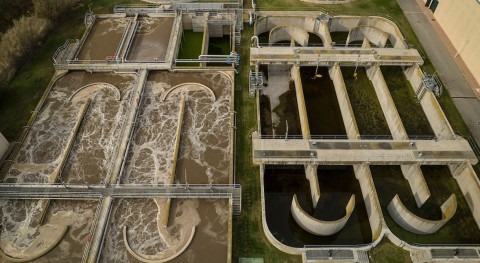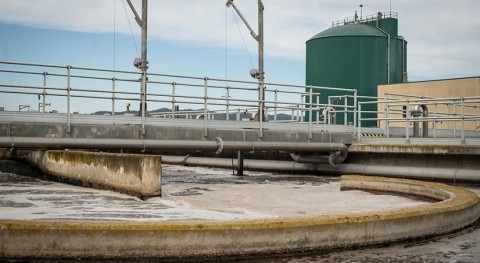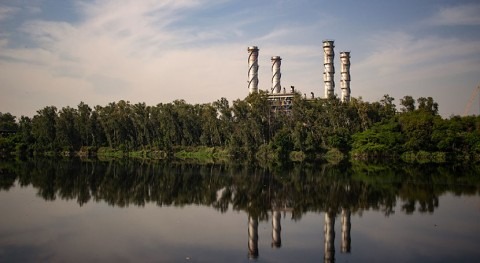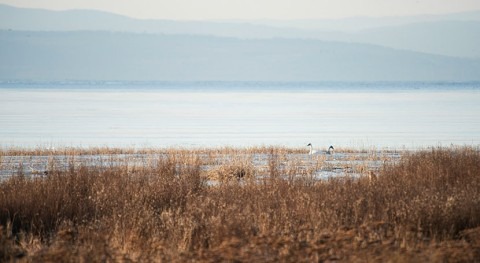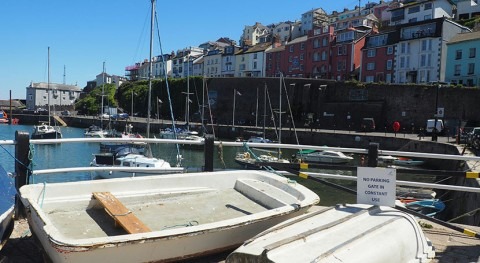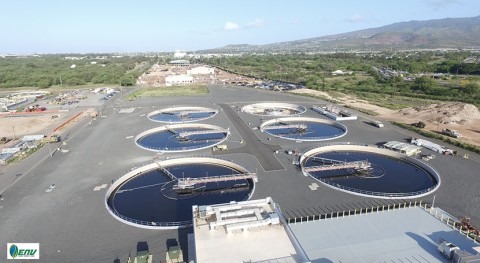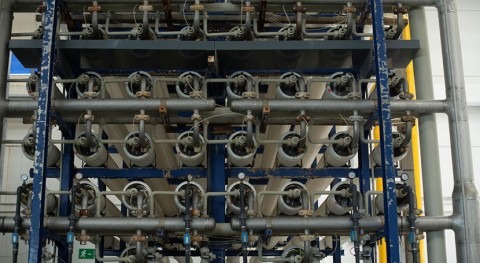The water level at a significant river port within Brazil's Amazon rainforest has plummeted to its lowest point in at least 121 years, as an unprecedented drought disrupts the lives of hundreds of thousands of people and damages the jungle ecosystem, reports The Guardian.
The rapid drying of tributaries feeding into the mighty Amazon River has resulted in stranded boats, severing vital food and water supplies to remote jungle villages. Additionally, the elevated water temperatures are suspected to be responsible for the deaths of over 100 endangered river dolphins.
Situated at the confluence of the Negro River and the Amazon River, the port in Manaus, the most densely populated city in the region, recorded a water level of 13.59 meters (44.6ft) on Monday, as per its official website. This marks the lowest level since record-keeping commenced in 1902, surpassing the prior all-time low established in 2010.
Pedro Mendonça, a resident of the Amazon rainforest, expressed relief when a Brazilian non-governmental organization (NGO) delivered supplies to his riverside community near Manaus last week, following months of drought without rainfall.
“We have gone three months without rain here in our community,” stated Mendonça, residing in Santa Helena do Inglês, west of Manaus, the capital of Amazonas state. “It is much hotter than during past droughts.”
Certain Amazon regions have experienced the driest period from July to September since 1980, as reported by Brazil's governmental disaster alert center, Cemaden.
Attributing the drought to this year's onset of the El Niño climate phenomenon, Brazil’s science ministry has pointed to its role in driving extreme weather patterns worldwide. In a recent statement, the ministry anticipated that the drought would persist at least until December when El Niño's effects are projected to peak.
As of Monday, the drought has impacted 481,000 people, according to the civil defense agency in Amazonas state, where Manaus is situated.
In the past week, members of the Brazilian NGO Fundação Amazônia Sustentável (FAS) dispersed throughout the parched region near Manaus to deliver essential supplies to vulnerable village communities. The drought has jeopardized their access to critical necessities like food, potable water, and medicines, typically transported via river.
Nelson Mendonça, a community leader in Santa Helena do Inglês, mentioned that while some areas were still accessible by canoe, numerous boats couldn't navigate the river to deliver supplies. Consequently, goods are being transported by tractors or on foot.
"It's not very good for us because we're practically isolated," he stated.
Luciana Valentin, also residing in Santa Helena do Inglês, voiced concern about the cleanliness of the local water supply due to the drought-induced reduction in water levels.
"Our children are experiencing diarrhea, vomiting, and often fever due to the water," she expressed.

